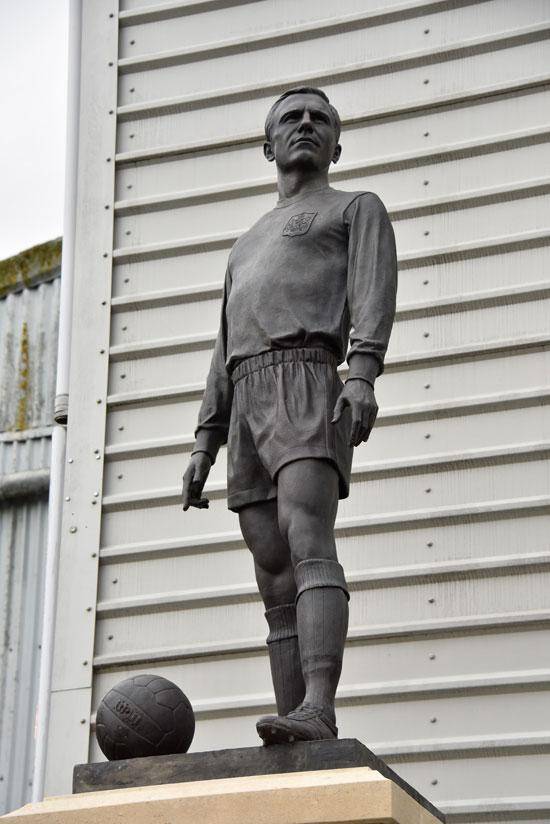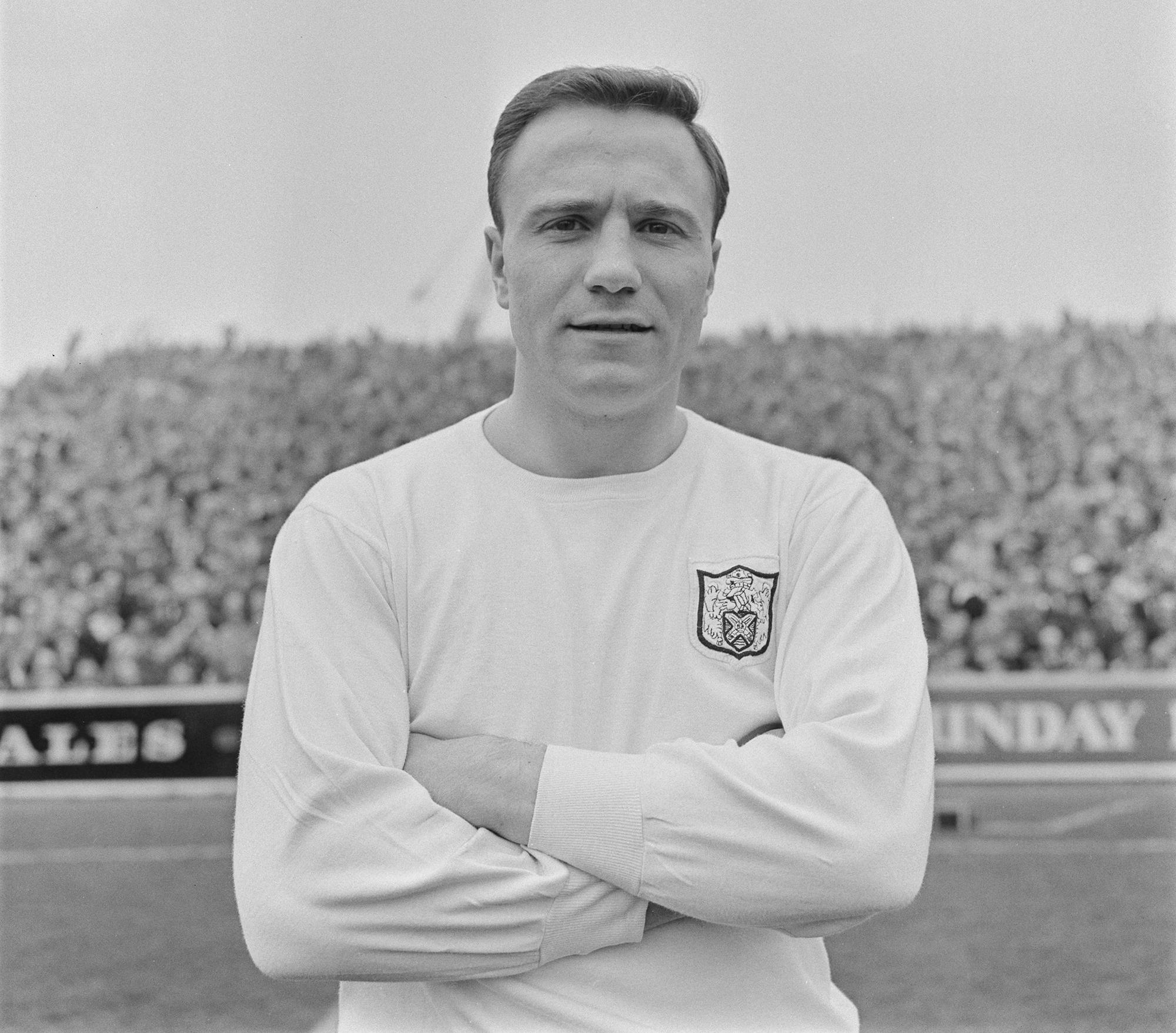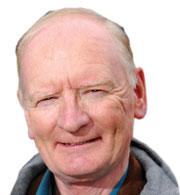Before the Whites' Boxing Day match at Crystal Palace spectators on all sides of the stadium paid tribute to George Cohen, the Fulham defender immortalised by his part in England's 1966 World Cup winning campaign.
I imagine that all the Fulham players will have known him personally.
Many years ago, I had been queuing for hours outside Craven Cottage waiting to purchase FA Cup tickets with a few thousand other fans. The prevailing mood was one of resignation punctuated by a few grumbles, but everyone experienced an unexpected lift when George Cohen suddenly appeared and walked along the queue joking and chatting with the punters. It was a typically thoughtful act of this Fulham favourite.
A Fulham boy
I always felt a connection with George. He was, like me, born in 1939 and he was educated at Fulham's Henry Compton School, very close to my Ellerby Street home.
My first awareness of him came with his League debut against Liverpool in March 1957. That gained him entrance to Fulham's 'golden generation', which reached the FA Cup semi-final in 1958, won promotion to the top tier in 1959 and made the semi-finals again three years later.
George combined the virtues of the old-fashioned stopper with the speed and tactical awareness increasingly necessary for a top-class defender.
First cap
He won his first England cap in 1964 and became a permanent member of Alf Ramsey's history-making team. I was in the crowd for the notorious Argentina match, at the conclusion of which I saw George happy to exchange shirts with an opponent only to be prevented by a furious Ramsey. The manager's reaction was understandable, but George showed the right instincts.
Unfortunately, Fulham soon hit a bad patch, losing their status in 1968 and suffering further relegation in 1969. I remember Barbara Wright (later Davidson) a Supporters' Club stalwart telling me that the directors should scrap the whole squad apart from Haynes and Cohen and start afresh.
George might well have agreed to judge from his autobiography, which described the club's descent into 'a glorified comfort zone for players of talent who really could have offered more if they had taken a good look at themselves'.
Alas George himself would have been incapable of leading a revival. He never fully recovered from a vicious tackle, and he had to retire in 1969. His subsequent battle with cancer has been well-documented. To quote Michael Parkinson: "When you meet George it is hard to believe that he was twice given up for dead."

St Andrew's
My opportunity for conversation came in Jul 2013 when with Les Strong and Trevor Chamberlain he unveiled a plaque at St Andrew's Church Fulham Fields commemorating the origins of the football club.
The unfortunate trio were also press-ganged into numerous activities of the church's summer fair, which must have been hard for George with his limited mobility. Far from complaining, he enthused about the vitality of St Andrew's, which like the football club had survived difficult times to flourish in the 21st century.
His statue
George was for years a popular 'meet and greet' host at Fulham FC, sharing his memories and occasionally surprising people with his candour. He was a very honest man.
I was delighted to support the 2016 campaign for a statue of George at Craven Cottage, hoping for something iconic like the Haynes effigy.
The outcome proved disappointment – a generic football statue that could have been Bobby Moore or Dennis Waterman. Still its excellent position between the riverside and the Thames means that future generations will learn his remarkable story.
The views expressed in this blog are those of the author and unless specifically stated are not necessarily those of Hammersmith & Fulham Council.
Want to read more news stories like this? Subscribe to our weekly e-news bulletin.

